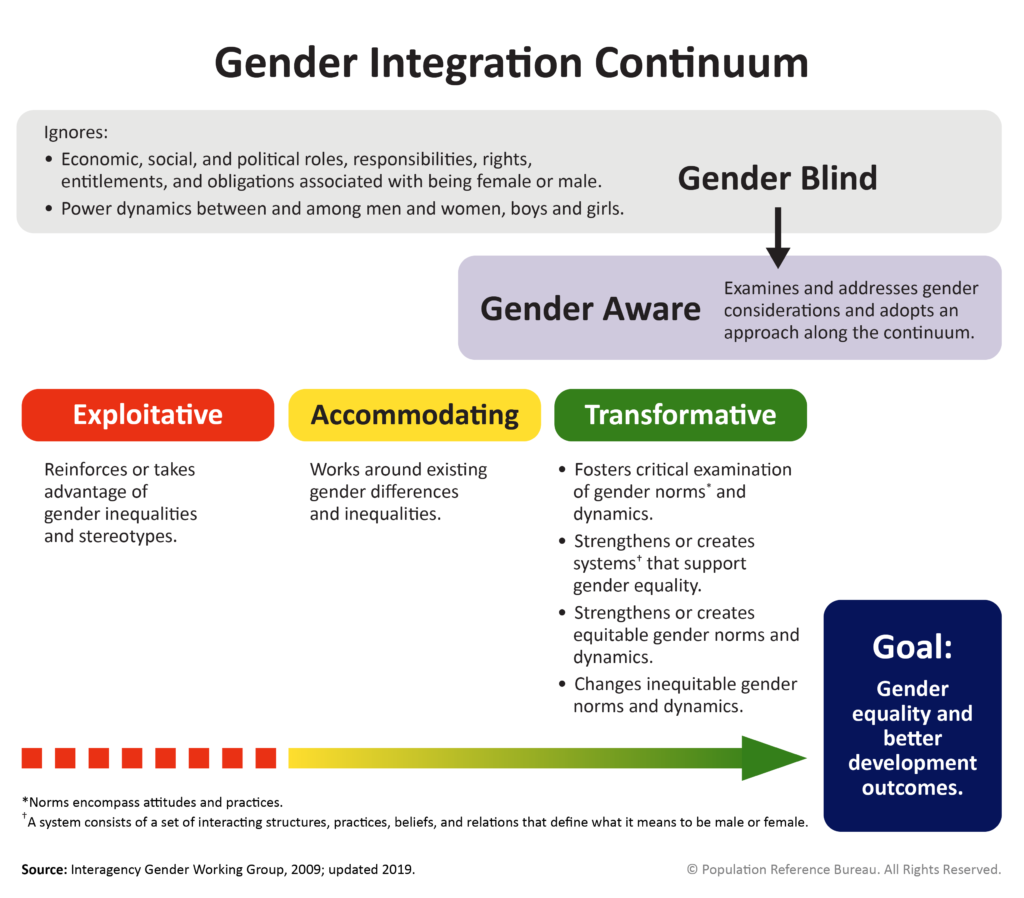by Kate Gilles
(December 2011) The Transgender Day of Remembrance on Nov. 20, 2011, and the 16 Days of Activism Against Gender Violence from Nov. 25 to Dec. 10, 2011, are important opportunities to address the serious but often-ignored issue of gender-based violence (GBV) against transgender persons. The status of the transgender population has important implications for the progress toward gender equality and other human rights.
Although usually referring to violence perpetrated by men against women, gender-based violence describes any violence rooted in gender-based power inequalities and gender-based discrimination.1 Within the Lesbian, Gay, Bisexual, and Transgender (LGBT) population, transgender persons—individuals whose birth-assigned sex does not match their own internal sense of gender identity—are particularly at risk of GBV because they represent a direct challenge to traditional gender norms and roles. By refusing to conform to socially sanctioned stereotypes of men and women, transgender persons expose themselves to stigma, harassment, and sexual and physical violence at the hands of family members, their communities, and state actors (such as the police and judicial system). Not only does this violence deprive them of basic human rights, it increases their risk for HIV, mental health problems, and poverty.
Surveys and other available data illustrate the high degree of GBV that transgender persons experience across the globe. In a 2009 survey of middle and high school students in the United States, 64 percent of LGBT students reported being verbally harassed, 27 percent reported being physically harassed, and 13 percent reported being physically assaulted at school in the past year because of their gender expression.2 Nineteen percent of respondents in the 2008 U.S. National Transgender Discrimination Survey had experienced domestic violence from a family member because of their transgender identity or gender nonconformity. In Turkey in 2010, 16 people were believed to be murdered “due to their real or imputed sexual orientation or gender identity.”4 In Guatemala, three transgender women were murdered in separate incidents over the course of one week in 2009.5 The Trans Murder Monitoring Project has documented 539 murders of transgender persons in 42 countries—representing every region of the world—from January 2008 through December 2010.6
More groups around the world are working to document and address gender-based violence against transgender persons. Gender DynamiX is a South African organization that advocates for the rights of transgender people and provides information, resources, and training for transgender individuals and activists. The Independent Project for Equal Rights in Nigeria also provides training. As a result, a group of local lawyers changed their understanding and opinions of LGBT issues. They are now offering pro bono services to LGBT clients and are challenging discriminatory laws.
Although efforts to document and combat GBV within the transgender community have begun, much remains to be done. Interventions to respond to and prevent GBV targeted at transgender persons will need to be developed and implemented at multiple levels: individuals and couples, communities, and governments. Silence is one of the main obstacles to combating GBV against the transgender community. Transgender individuals frequently do not report crimes and, when crimes are reported, police and prosecutors often ignore transgender victims or subject them to further abuse and humiliation. Safe spaces and support are needed if transgender victims are to be encouraged to report GBV. Moreover, mechanisms should be put in place to assist any victim of GBV to pursue justice and challenge laws and policies that perpetuate gender-related discrimination and violence.
Confronting the issue of GBV against transgender communities will not only promote the rights and safety of transgender people but will also advance broader goals of gender equality and elimination of all forms of gender-based violence. Reducing the stigma and taboos surrounding transgender persons and issues is a critical step to ensuring human rights and combating gender-based violence in general.
Kate Gilles is a policy analyst at PRB.
References
- Gender Secretariat, Department for Democracy and Social Development, Sida, “Action Plan for Sida’s Work Against Gender-Based Violence 2008–2010” (August 2008), accessed at http://webapps01.un.org/vawdatabase/uploads/Sweden%20-%20Attachment%205%20Action%20Plan%20for%20Sidas%20Work%20Against%20Gender-based%20violence.pdf, on Nov. 17, 2011.
- Joseph G. Kosciw et al., The 2009 National School Climate Survey: The Experiences of Lesbian, Gay, Bisexual, and Transgender Youth in Our Nation’s Schools (New York: GLSEN, 2010).
- Jaime M. Grant et al., Injustice at Every Turn: A Report of the National Transgender Discrimination Survey (Washington, DC: National Center for Transgender Equality and National Gay and Lesbian Task Force, 2011).
- Amnesty International, “Not an Illness Nor a Crime: Lesbian, Gay, Bisexual, and Transgender People in Turkey Demand Equality” (June 2011), accessed at www.amnesty.org/en/library/asset/EUR44/001/2011/en/aff47406-89e4-43b4-93ed-ebb6fa107637/eur440012011en.pdf, on Oct. 20, 2011.
- Liz Galst, “Saving Lives, Promoting Democracy, Alleviating Poverty, and Fighting AIDS: The Case for Funding Lesbian, Gay, Bisexual and Transgender Populations” (March 2010), accessed at www.arcusfoundation.org/images/uploads/downloads/Saving_Lives_Report_Arcus_Galst_2010.pdf, on July 13, 2011.
- Transgender Europe, “Transgender Europe’s Trans Murder Monitoring Project Reveals More Than 500 Reported Murders of Trans People in the Last 3 Years” (March 2011), accessed at www.transrespect-transphobia.org/en_US/tvt-project/tmm-results/tmm-march-2011.htm.


